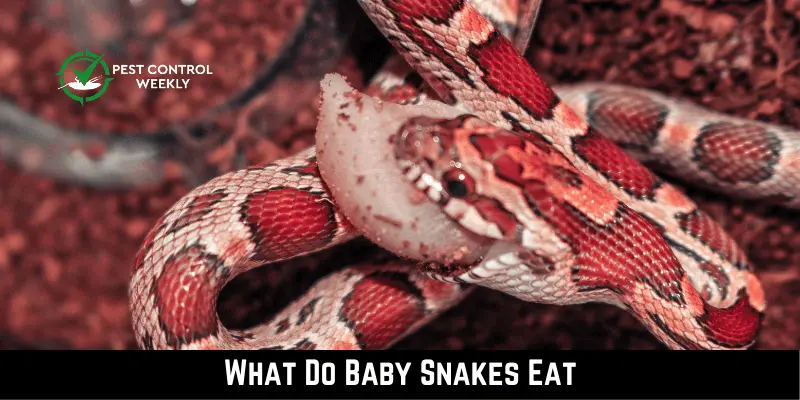Do you keep snakes as pets? Do you know what they eat? If not, you must be interested in how they eat. As snakes are mammals, they don’t feed on their mother’s milk, so what do baby snakes eat?
Baby snakes have different feeding patterns in the wild and in captivity. Although their diet is the same as their parents, they eat tiny animals. They typically consume little insects, critters, eggs, and anything else that fits in their mouths, such as mice, earthworms, frogs, etc.
If you want to know how young snakes feed, the below guidelines will keep you informed.
Food of Baby Snakes
As snakes are carnivores, they eat everything from eggs to animals. Below are the favorite foods of baby snakes.
Mice
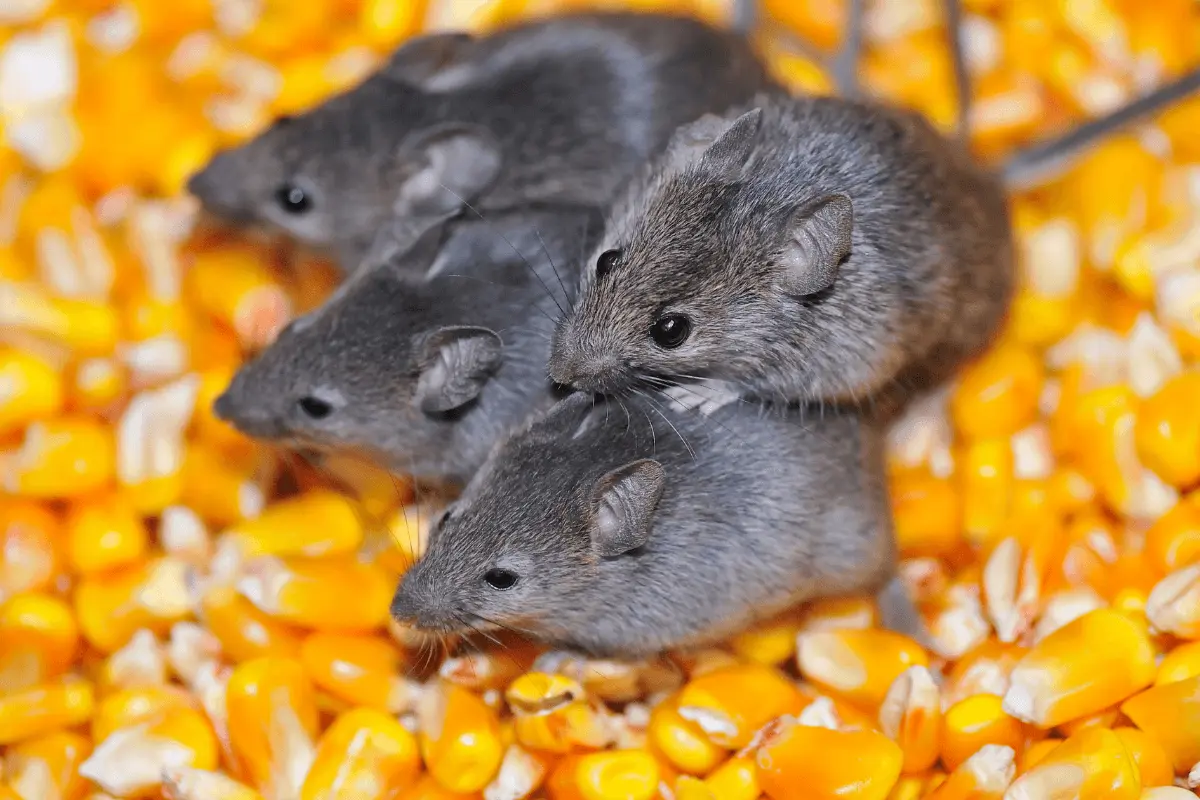
Snakes love to eat rodents like mice and rats. The reasons mice eat rats are; mice are accessible to snakes in their surroundings, and baby snakes have small sizes, which makes them easy to find mice.
Baby snakes don’t directly eat mice, instead, their mother attacks them first and then breaks them into pieces on which baby snakes feed. Above all, if there aren’t enough mice around, the young snakes soon look for other mouse species, especially their young ones.
Amphibians
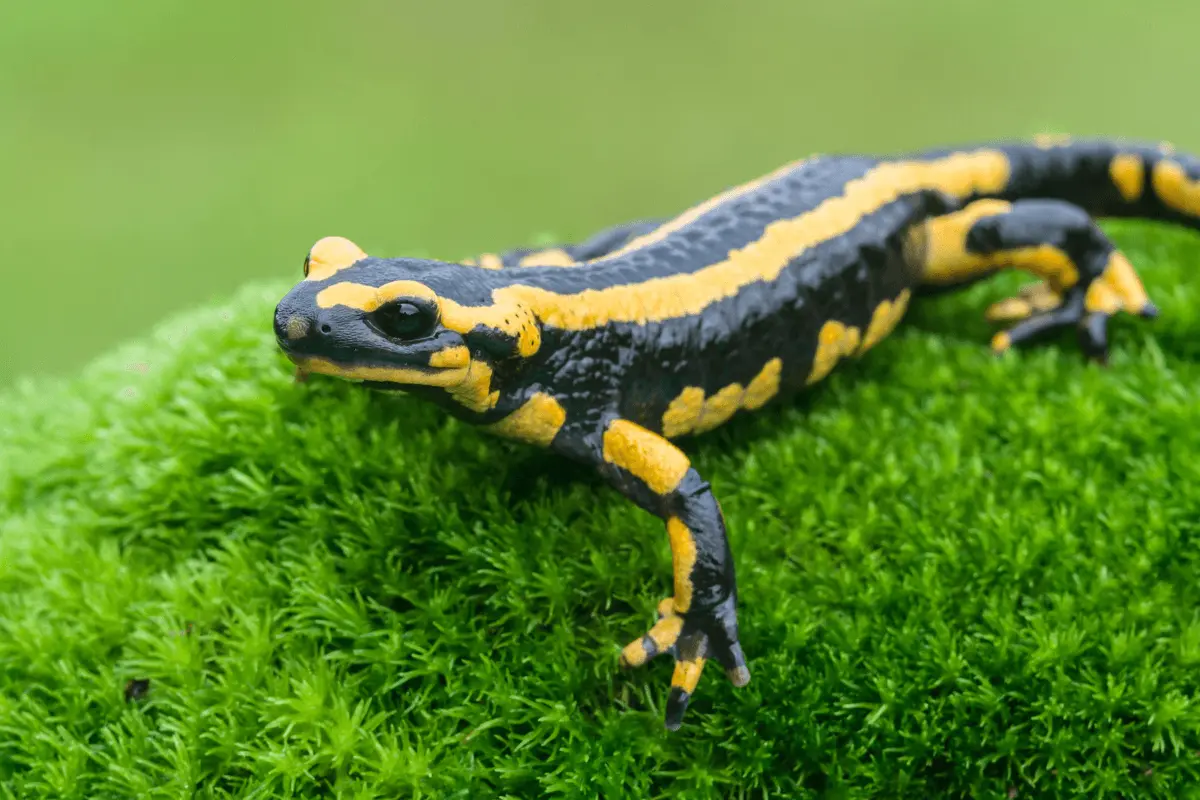
Amphibians are tiny animals that require water or a humid environment to exist. They live both in water and on land. Frogs, toads, salamanders, and newts are among the cold-blooded creatures classified as amphibians.
As snakes are brutal reptiles and good killers, they can eat amphibians like frogs, toads, salamanders, newts, and other insects. Younger snakes love the tadpoles, like how mouse offspring favor them. At nearby bodies of water, tadpoles, a high-protein food source, can be discovered.
Fish
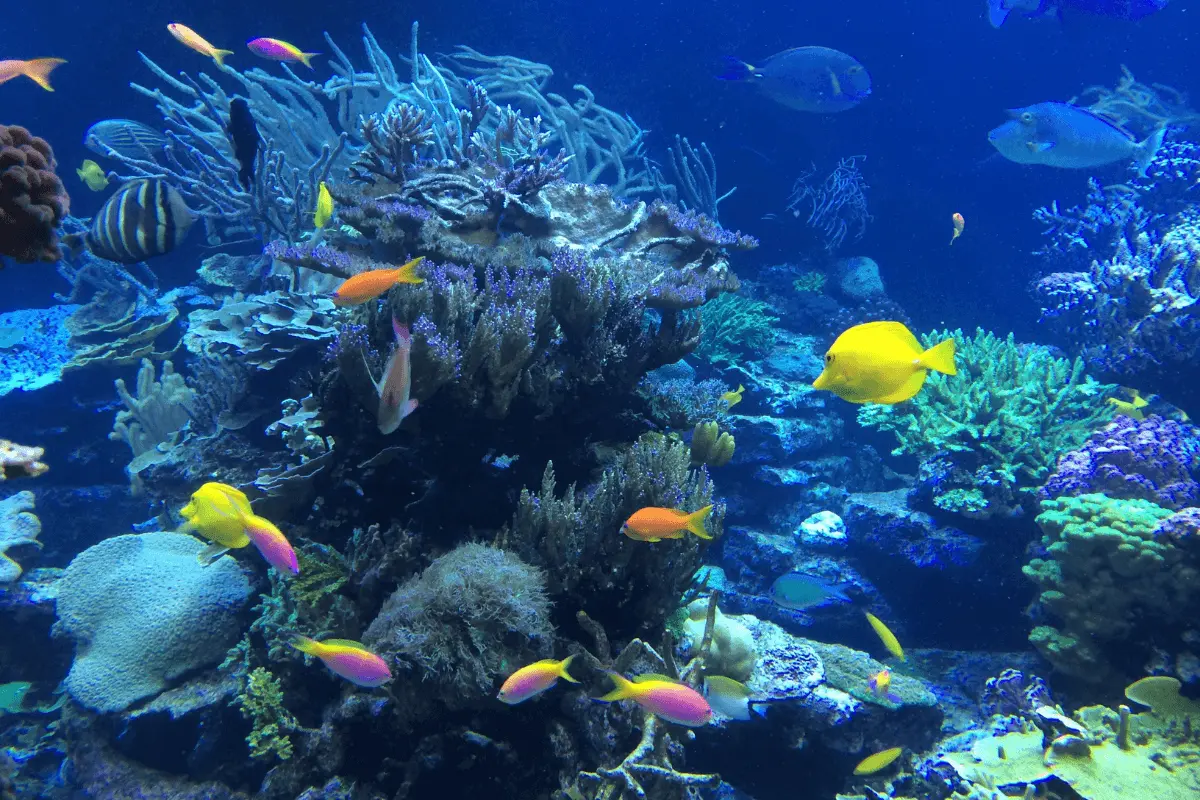
Snakes enjoy fish which provides them with enough protein to survive in their natural habitats. Baby snakes enjoy hunting and fishing for small animals. According to the Journal of Zoological Sciences, they employ chemical cues to discover and attack prey (fish) with the help of visual clues to find a location where the fish is most likely to hide.
Moreover, they enjoy eating other varieties of fish eggs present in the ocean. The water contains a lot of fish eggs, so the young snake,s especially Grater, loves to eat them all.
Earthworms
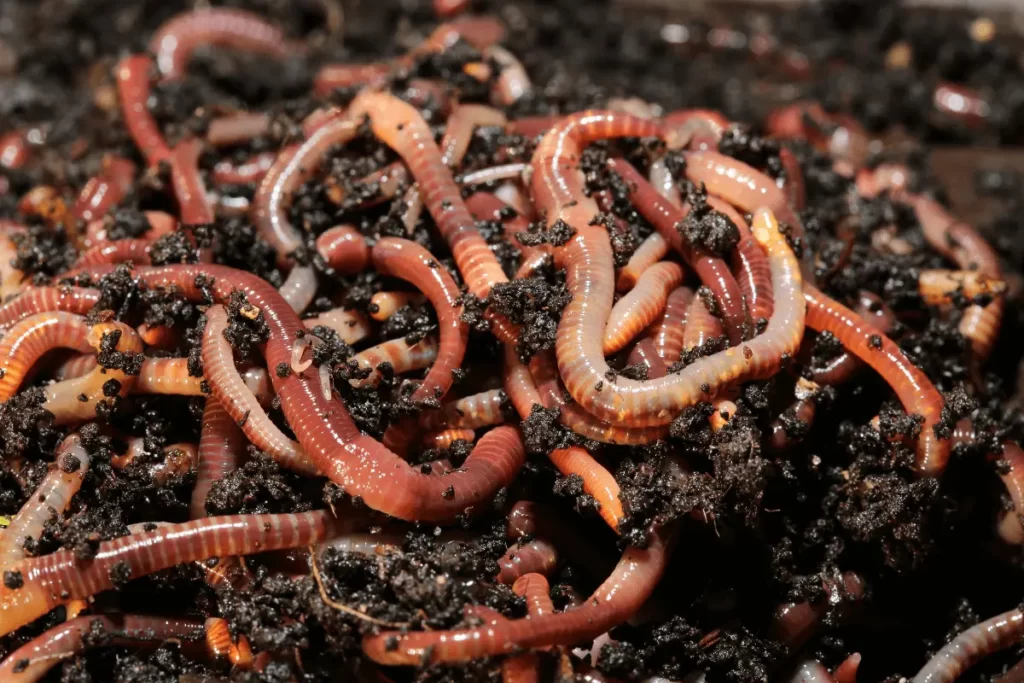
Earthworms are a favorite diet for young snakes since they are fully developed, simple to catch, and simple to engulf. Snakes that consume wild and caged worms include garter snakes, ribbon snakes, and water snakes.
Snakes that consume worms are ambitious feeders and take advantage of any nearby tiny prey. Baby snakes eat various earthworms throughout the world. Moreover, they don’t need the help of their mothers to catch and kill earthworms. In addition to that, earthworms are the favorite food of pet snakes.
Insects
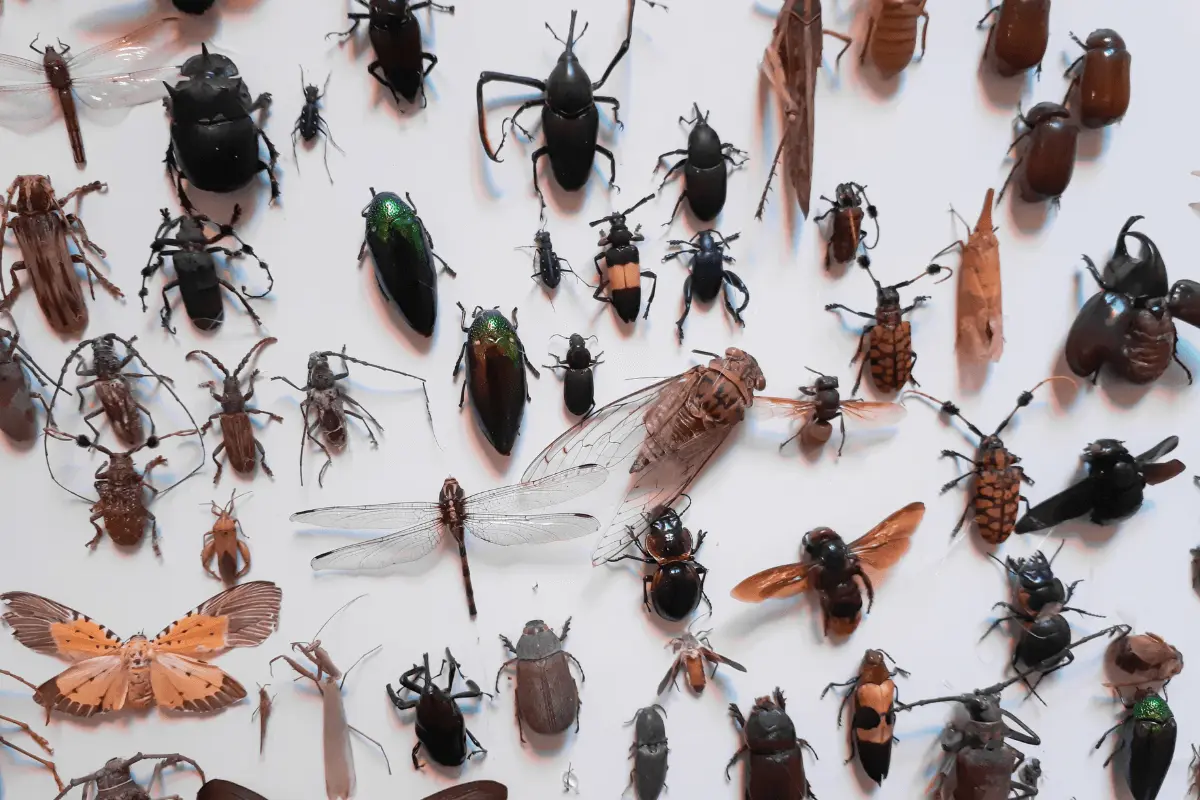
Snakes also love to eat insects, like slugs, leeches, and other insects. As most people keep snakes as pets, they get all these insects from the surroundings of their cage. Furthermore, they receive the same quality care and resources for their upbringing that domestic animals do.
The most common snake that feeds on insects is a smooth green snake. The normal diet of smooth green snakes consists of insects & spiders, including earthworms, ants, snails, moths, spineless caterpillars, slugs, beetle larvae, crickets, and small roaches.
Lizards
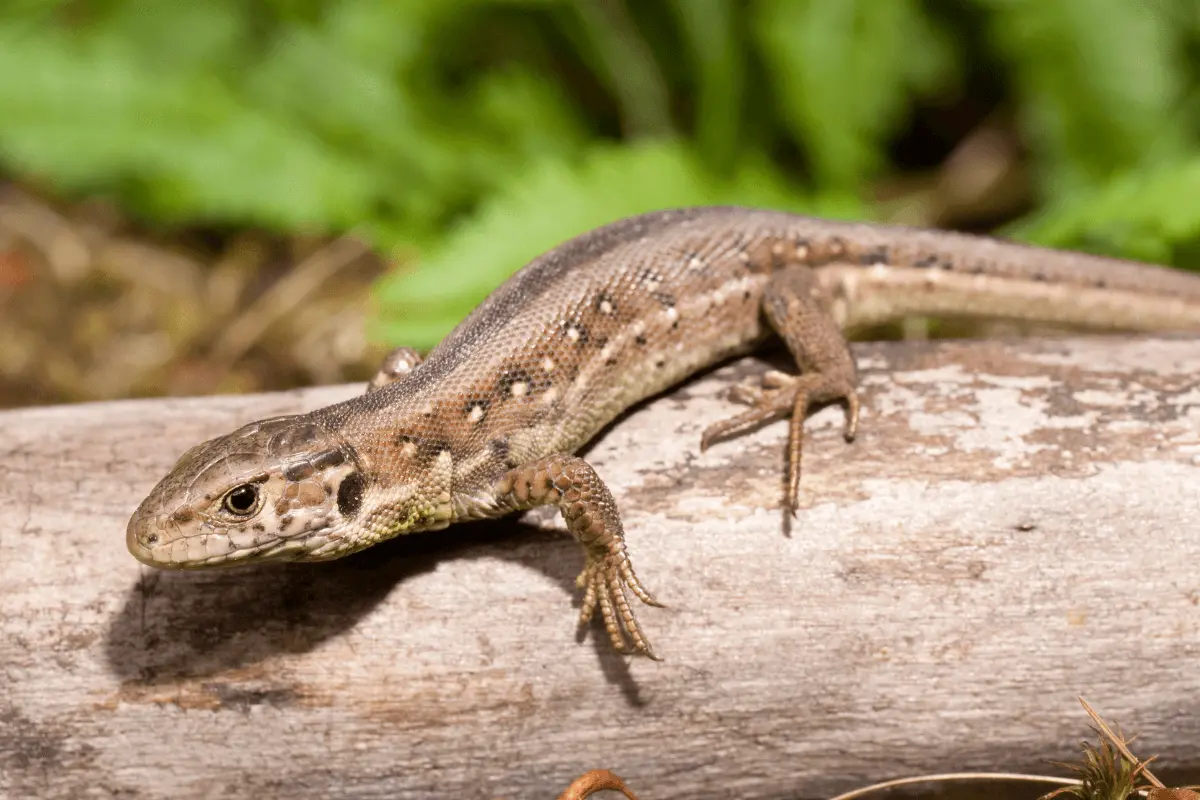
Snakes frequently prey on lizards since they both frequent the same habitats. Anoles and skinks are two lizards that snakes enjoy devouring. Baby snakes love to eat lizards. In addition, certain snake species, such as arboreal vine snakes, have active adaptations for hunting tiny lizards.
Lizards belong to a group of reptiles and are most likely similar to snakes. They are long-bodied reptiles with short necks and small heads. Many species of snakes’ young may become prey for blue-tongue lizards, but, as the snakes mature, the opposite is typically true.
Food Supplements
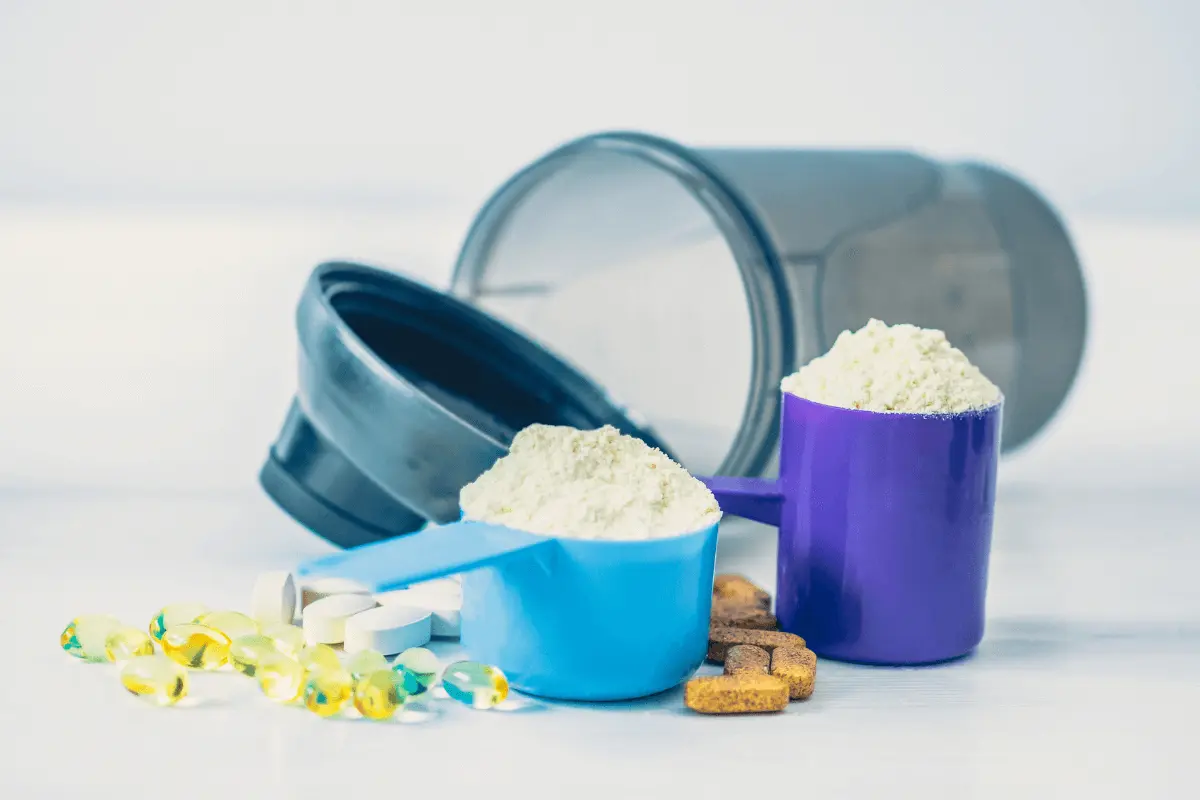
As snake owners can’t always offer them all the necessary food items, food supplements are crucial for all snake infants. Various calcium, minerals, and vitamin pills are available in the market that you can use to resolve the issue. Additionally, to meet the baby snake’s needs, they are administered in a range of dosages.
Snakes may live without vitamin or mineral supplements because they receive complete nutrition from their entire prey, but doing so occasionally is an excellent approach to help prevent nutritional deficits.
Baby Rabbits
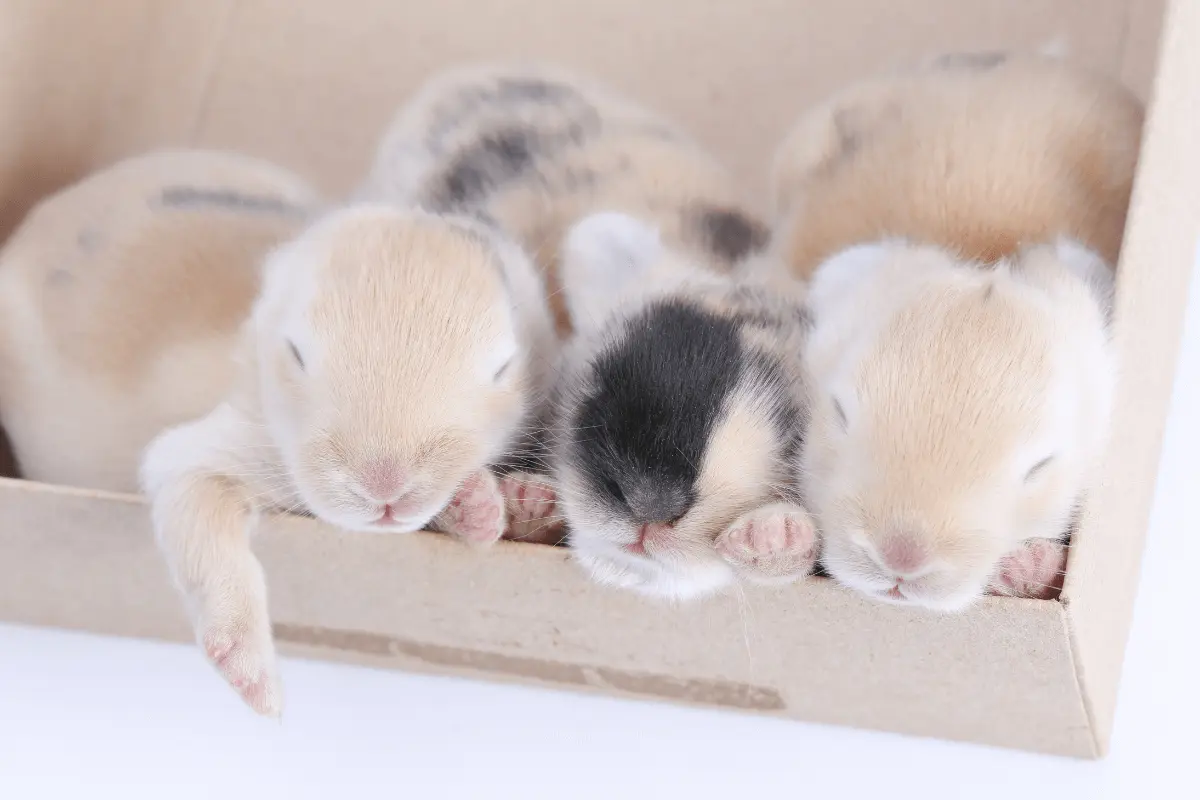
Baby snakes are fond of baby rabbits. Being carnivorous predators, snakes consume any little animal that they can swallow whole, including rabbits. Snakes don’t gnaw on rabbits; instead, they use their powerful muscles to crush the freshly eaten rabbit so that it may be broken down in their stomach.
Moreover, almost every snake longer than two feet would eat young bunnies. If the snake is large enough and gets a chance to swallow the rabbit whole, several snakes will consume one.
Frogs
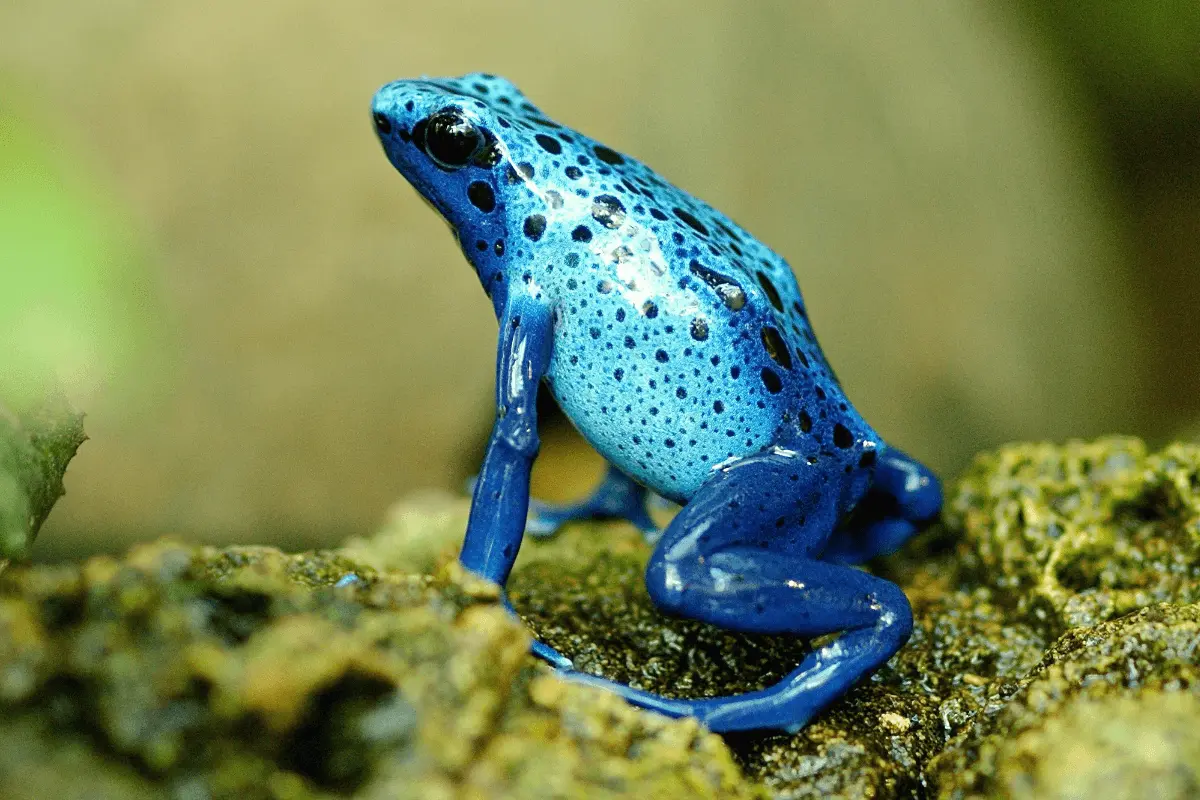
Snakes are one of the most common predators of frogs, and they can do anything to catch them. Although not all snakes actively seek out frogs to eat, many snakes do and will unquestionably consume frogs if they find them in their surroundings. Baby snakes such as brown, banded, and green waters consume frogs frequently.
Additionally, because there are so many frogs in their natural habitats, water snakes and other snakes that live near water usually prey on frogs.
Eating Habits of Snakes in the Wild
Wild young snakes do not receive the same level of care as their pet counterparts. Their parents leave them alone for survival. In the wild, baby snakes love to eat rats, mice, birds, moles, and warm-blooded animals. The eating habits of baby snakes in the wild depend on:
Type and Size of Snakes
The type of snake is one of the most crucial things that affect the eating habits of snakes in the wild. Leptotyphlops carlae is the smallest snake that is small & thin enough, like noodles. Such types of snakes love to eat larvae.
On the other hand, Anaconda is the largest snake and loves to eat birds, fish, and small mammals.
Habitat
Snakes have different habitats, including deserts, woodlands, grasslands, and aquatic settings. Additionally, snake species vary in their preference for living in trees versus on the ground. The type of habitat determines the eating habits of snakes. Desert snakes have more lizards and insect availability than lizards, while arboreal snakes eat birds and their eggs frequently.
On the other hand, snakes that live in trees prefer eating birds and insects, while snakes residing in rivers or ponds love to feed on fish and other aquatic animals.
Type and Size of Food
Food type and size are one of the most essential factors influencing the eating habits of snakes. Some baby snakes eat warm-blooded insects, like rats and birds, while some consume cold-blooded animals, like reptiles and fish.
Moreover, the size of the food is another factor that determines the eating habits of snakes. A decent generalization is that a snake can devour objects roughly as wide as the area of its body.
Prey’s Health
The condition and health of the prey are just as crucial as the snakes. If a snake eats an unhealthy insect, it may die. However, mouth rot is a serious health concern for snakes. It is commonly known as infectious stomatitis, an infection of a snake’s mouth.
Loss of appetite, apparent dead tissue in the mouth, pus oozing from the nose or mouth, and red, swollen mouth tissue are all indications of mouth rot in your snake. It could be fatal for your snake if left untreated.
How Does a Baby Snake Eat?
To help them swallow their whole food, baby snakes have advanced jaws with strong & elastic muscles, tendons, and ligaments. Here are the eating characteristics of different forms of baby snakes.
Eating Habits of a Newborn
Baby snakes that have just been born typically go for up to a month without eating, yet they have enough nourishment to keep them alive. After this time, they consume small things, including insects, frogs, eggs, and snails.
Moreover, when feeding a pet baby snake, adhere to smaller newborn mice or chicks. Although newborn snakes may not feel like eating for a few days, they start within a month of birth. Above all, they consume foods that are small enough to fit in their mouths.
Eating Habits of Hatchlings
Hatchlings used to consume the yolk sac of their eggs. Usually, mother snakes leave their hatchlings to find their food. Hence, for a moment, that is the only food they receive. Moreover, young snakes don’t feed much up to the age of one month. The yolk sac provides enough nutrition throughout this time to keep them alive.
Furthermore, hatchlings of ball pythons prefer eating mice over small rats. Even the smallest hatchlings can consume old pinkie mice, but if it appears too huge, the mice can be sliced in half.
Eating Habits of a 1-Month Baby Snake
One-month-old baby snakes have the same eating habits as adult ones. They prefer to eat small insects, like snails, frogs, tiny mice, and eggs. Instead of chewing, they engulf their whole food using their teeth as a grasp to attract and hold their prey.
Remember, larger snakes often eat once per week or two, but smaller or younger ones typically need to eat every five days. As they get older, you should feed them frequently.
Common Predators of Baby Snakes
Although snakes in the wild hunt various animals, they may be the source of food for the below animals.
Crocodiles
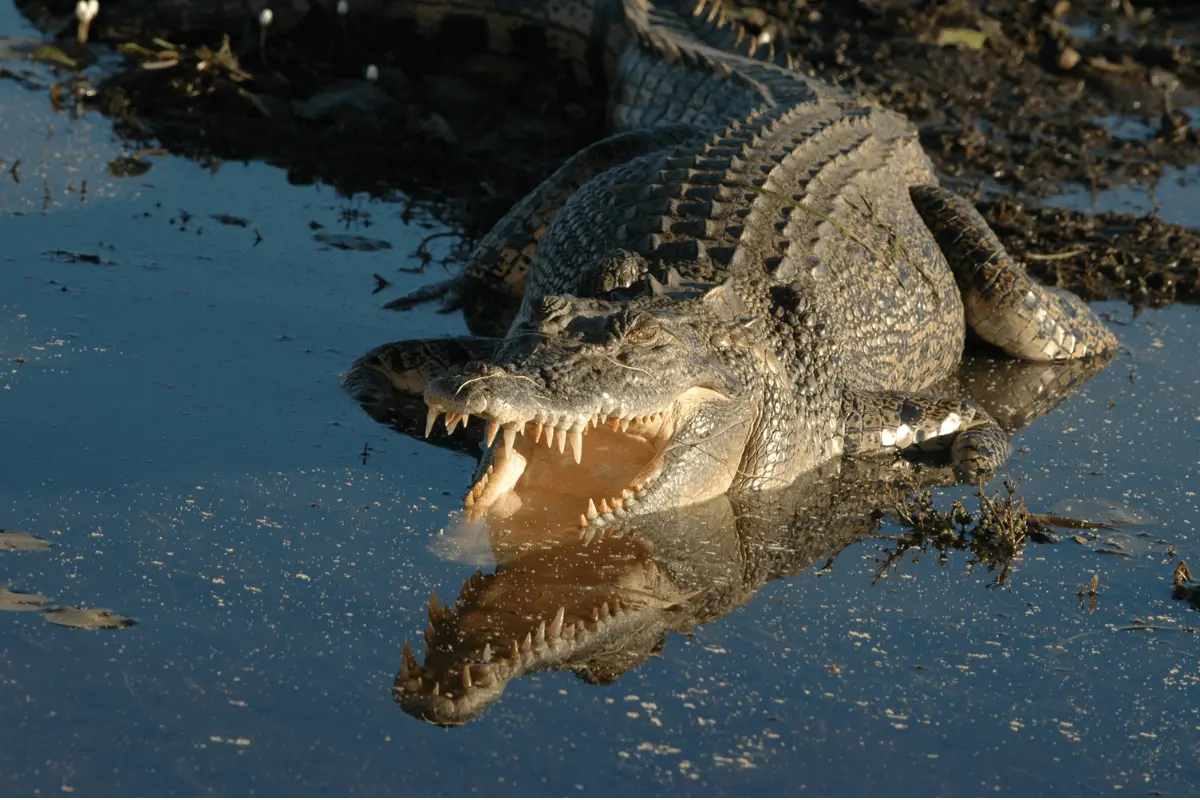
Crocodiles are dangerous and the largest reptiles on earth and may eat snakes. Their hard skin makes it impossible for snake fangs to penetrate them, thus, they don’t need to worry about being poisoned by snake venom. Saltwater crocodiles are the most common ones to eat snakes.
Further, crocodiles have strong jaws and small, webbed legs that help capture their prey. Moreover, instead of chewing their prey, they engulf the whole animals or snakes to fulfill their quest.
Hawks
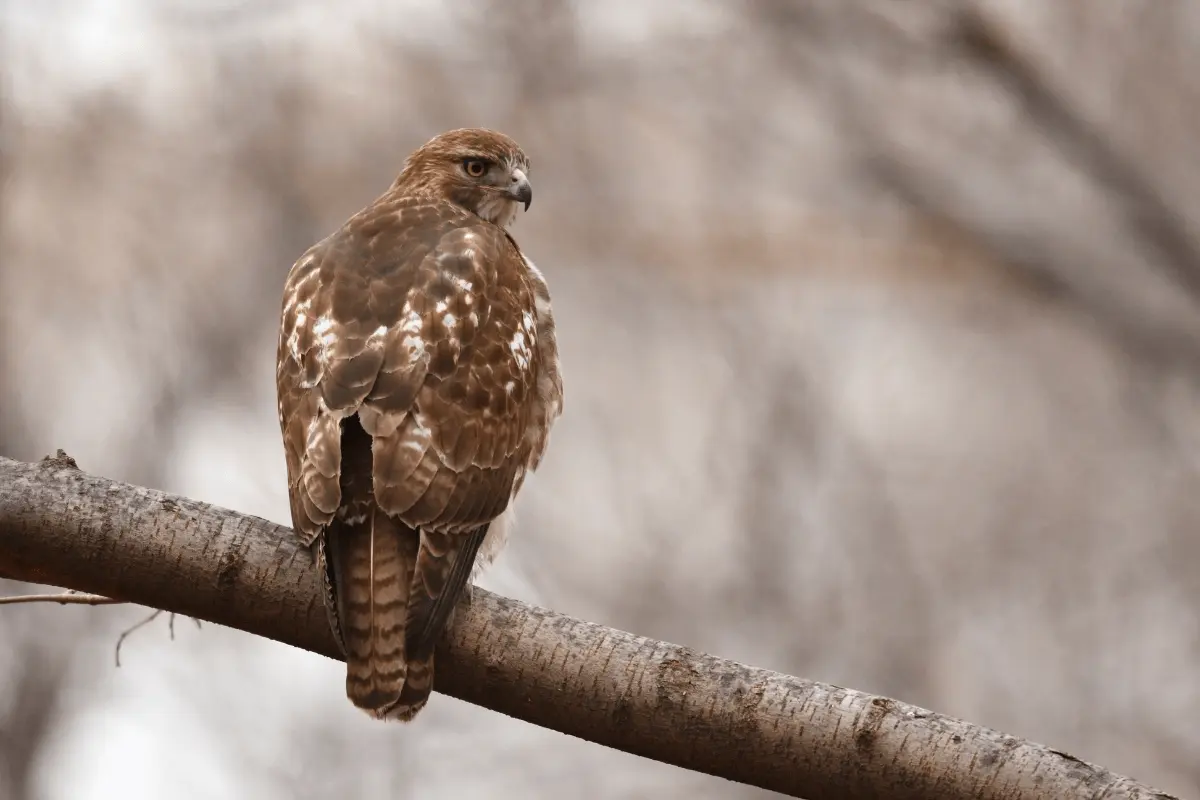
According to the Journal of Urban Raptors, hawks used to eat rodents, like rats or mice, and other pests. They have long tails and rounded wings, which they can use to trap their prey. Red-tailed hawks prefer snakes to other insects. Additionally, they are the most prevalent species, while other hawk species kill and devour snakes.
Although hawks normally hunt smaller animals, they will opportunistically kill a larger snake when starving. Even some hawk species specialize in killing or feeding snakes.
Eagles
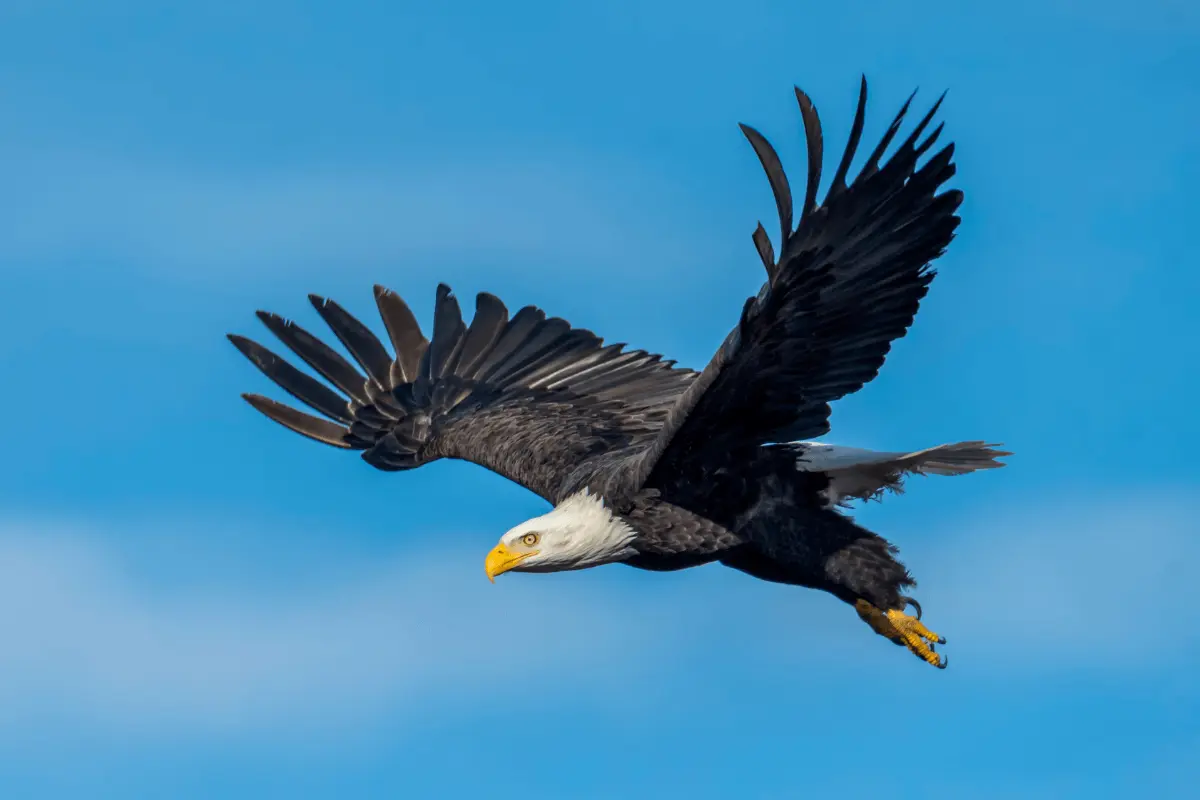
They have a similar build to vultures, however, they don’t have vultures’ bald heads. Eagles hunt snakes quickly, just as other birds. They can efficiently employ their two deadly weapons—their hook beak and strong talon—on snakes and feast on them.
In conclusion, eagles are excellent snake-killing hunters. The Brown Snake-Eagle, which lives in West, East, and South Africa, is a species of eagle that mostly eats snakes. Over and above that, some serpent Eagles attack and kill both tiny and large snakes.
Falcons
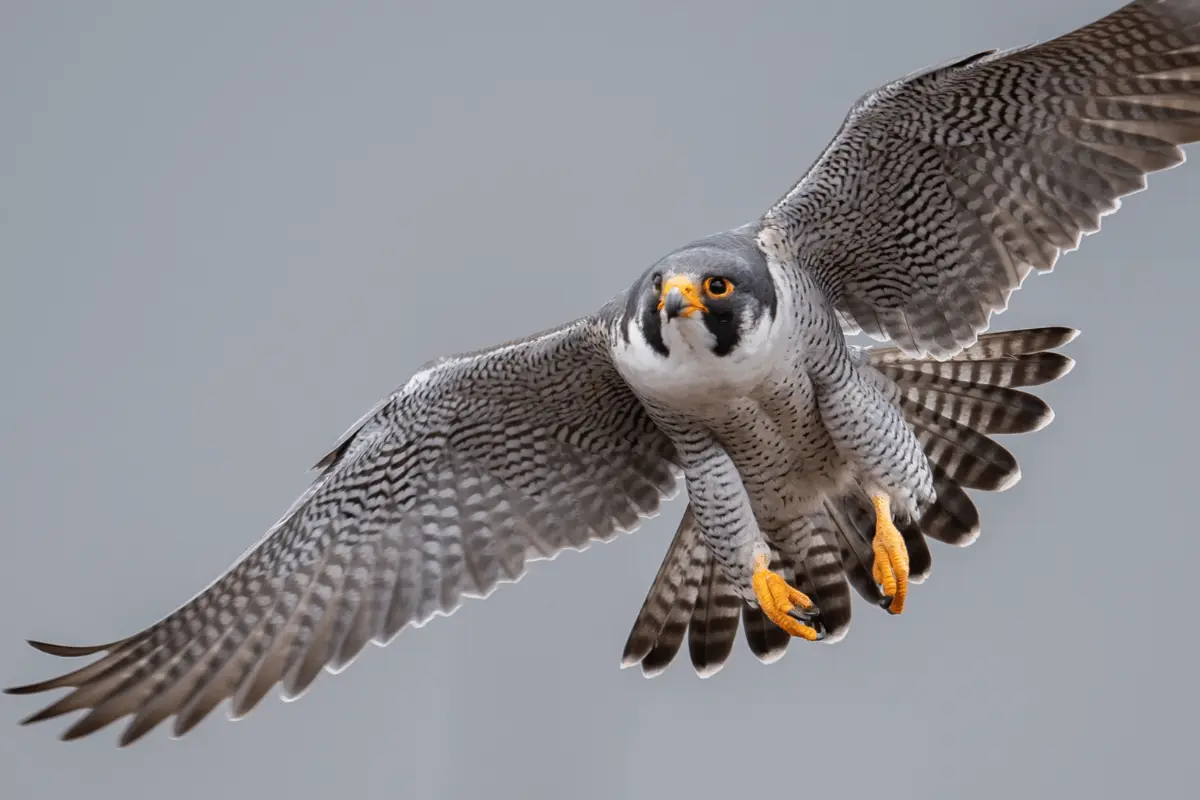
Falcons are birds that hunt and consume snakes. Even so, they don’t often prey on snakes. They are renowned for daring even the most dangerous snakes. Within its territory in South and Central America, the Laughing Falcon is infamous for devouring snakes. They even eat highly poisonous coral snakes.
Likewise, the laughing falcon uses its strong beak to attack the snake’s head to kill it after leaping on it from the air. As soon as it detects a potential meal or a snake, this falcon descends to the ground or to lower branches of trees to snag it.
Owls
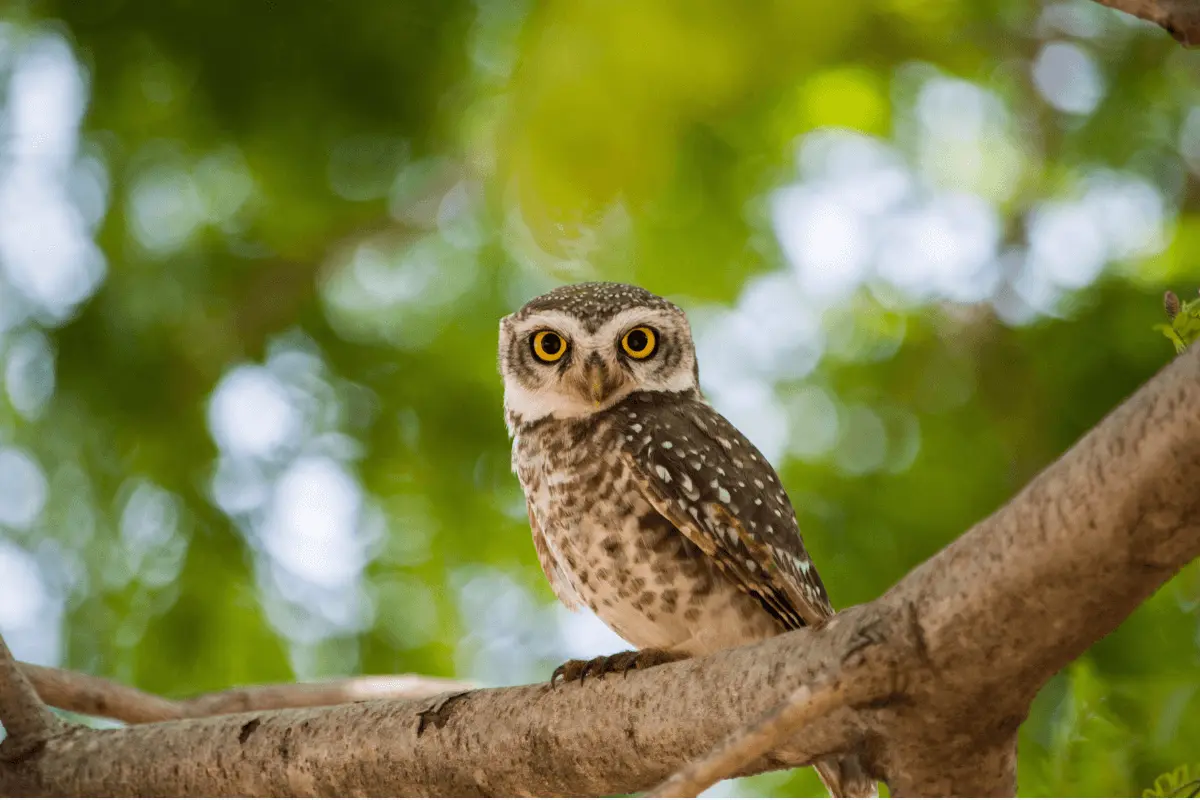
Although they hunt snakes, owls are not like other raptors in every aspect. The owl has a spherical head, two enormous eyes with a dome shape, and a nocturnal lifestyle. Though owls kill and feed on snakes, smaller species, like screech owls, avoid hunting larger animals out of fear of being attacked by them.
Wrapping Up
It is difficult to list the foods various snake species consume worldwide. As snakes are carnivores, they feed on every food, including insects, amphibians, rodents, fish, and eggs. Baby snakes can eat anything similar to their parents that fits in their mouths.
Hopefully, you may know now that during their first month of life, newborn snakes can feed on the yolk of their egg sack. Therefore, you should give them a supportive environment and food to keep them alive.
FAQs
References
Ryo Kutsuma, Takahide Sasai, Takushi Kishida “How Snakes Find Prey Underwater: Sea Snakes Use Visual and Chemical Cues for Foraging,” Zoological Science, 35(6), 483-486, (1 December 2018)
Dykstra, C.R., Bloom, P.H., McCrary, M.D. (2018). Red-Shouldered Hawks: Adaptable Denizens of the Suburbs. In: Boal, C.W., Dykstra, C.R. (eds) Urban Raptors. Island Press, Washington, DC.
